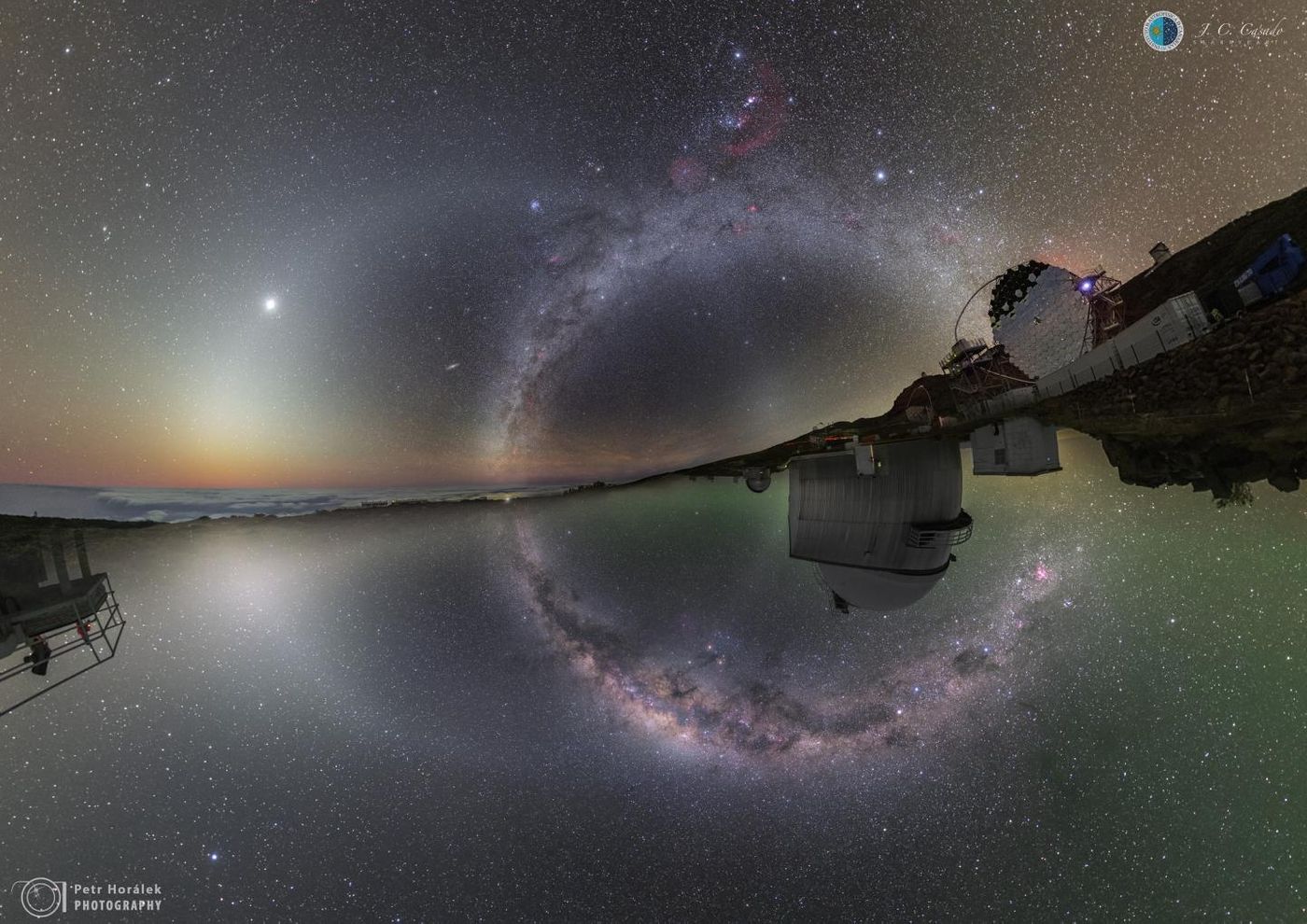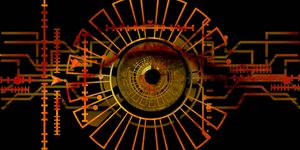Measuring the Natural Illumination in the Night Sky
It may get dark at night, but there is still light in the sky in even the most remote places on Earth. This low glow comes from natural sources both on land and at sea, and of course, from lights that humans use. Researchers have now used inexpensive photometers to collect data on the natural brightness in the night sky. (You can even build one yourself - learn how here.) They analyzed some of the world's darkest places and found that of the 44 they surveyed in places like Australia, Namibia, Mexico, Argentina, and the United States, the Roque de Los Muchachos Observatory in Garafía, La Palma, Canary Islands, in the Atlantic Ocean, was the darkest. There, the sky is almost totally dark, with artificial sources generating about 2 percent of light in the sky.
While the Moon and stars are obvious sources of light in the sky, there's also a glow in the highest parts of the atmosphere; its intensity depends on many factors including the geographical location, time of year, and solar cycle. Solar cycles last about eleven years; during the solar maximum the sun gains sunspots and it emits more radiation, exciting more molecules in the earth's atmosphere and increasing the night sky's brightness. As the sun's activity ramps down, it moves to a solar minimum.
Learn how bad light pollution is in your area with this map.
A collection of photometers called TESS has been collecting data since the Solar Cycle went into a minimum phase in 2018. The results will be reported in The Astronomical Journal, and the data will reflect "events produced in the upper layers of the mesosphere, that is to say to the 'airglow,'" said first study author Miguel R. Alarcón, a researcher at the Instituto de Astrofísica de Canarias (IAC).
"This work has demonstrated the high sensitivity of low-cost photometers if they are linked in a network. The final analysis of the full set of TESS photometers shows the Gegenschein, a faint glow in the night sky, visible around the ecliptic, the same plane on which we see the zodiacal light and the planets," explained study co-author Miquel Serra-Ricart, an astronomer at the IAC. "The network of photometers has shown, yet again, that the Canary Observatories are in the First Division."
Stuff in the atmosphere, like aerosols, clouds, and gas molecules, can scatter artificial light at night, and generate what's known as an artificial skyglow. It's estimated that over ten percent of the earth's surface is affected by artificial light at night (ALAN), and if atmospheric skyglow is included, that rises to 23 percent.
Most people, about 80 percent of us, live in places with light pollution, and about a third of humans aren't able to see the Milky Way at night. Natural darkness can be hard to find, although there have been some efforts to improve the situation, such as by raising awareness so individuals can take action and introducing dark sky parks. The EELabs (Energy Efficiency Laboratories) project is also trying to learn more about darkness in the night sky and how it's affected by urban centers.
Sources: AAAS/Eurekalert! via Instituto de Astrofísica de Canarias (IAC), [accepted for publication in] The Astronomical Journal










